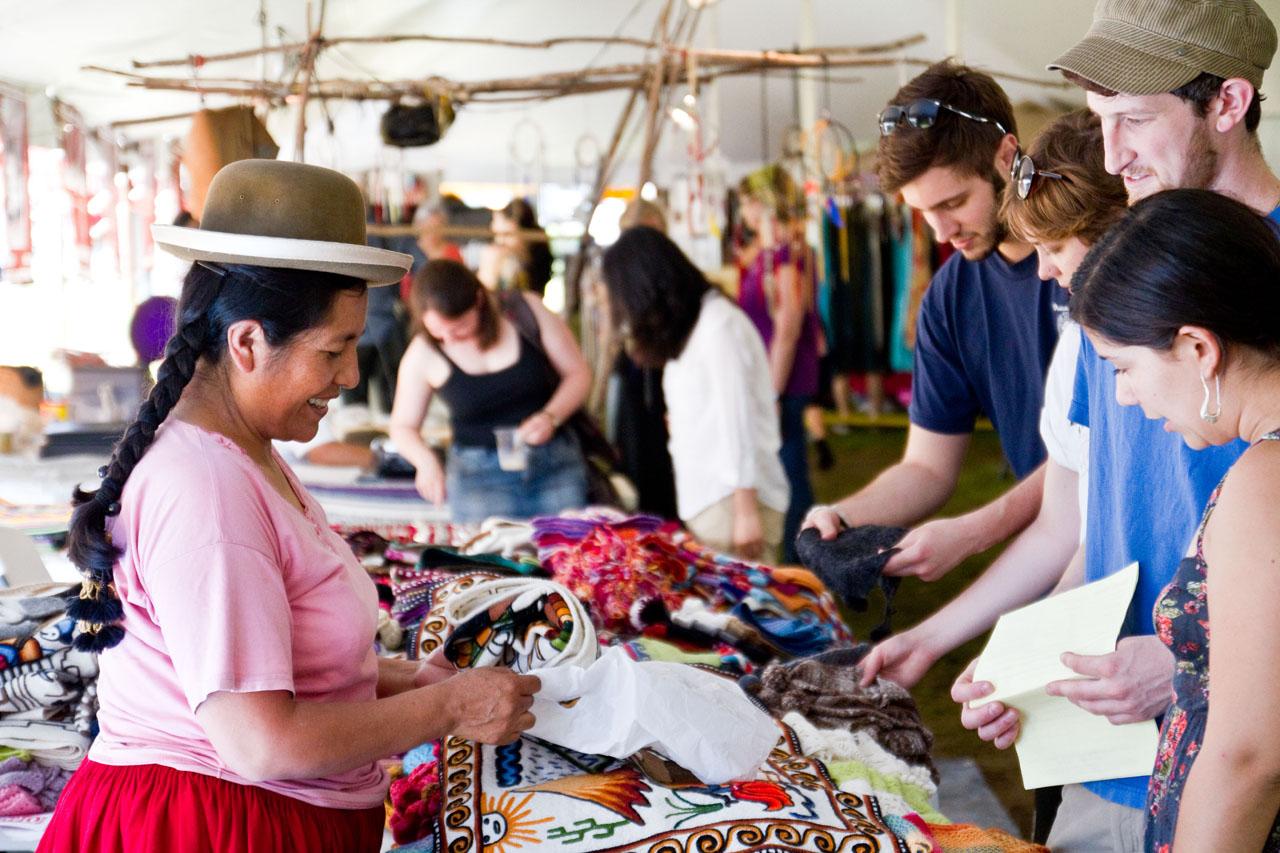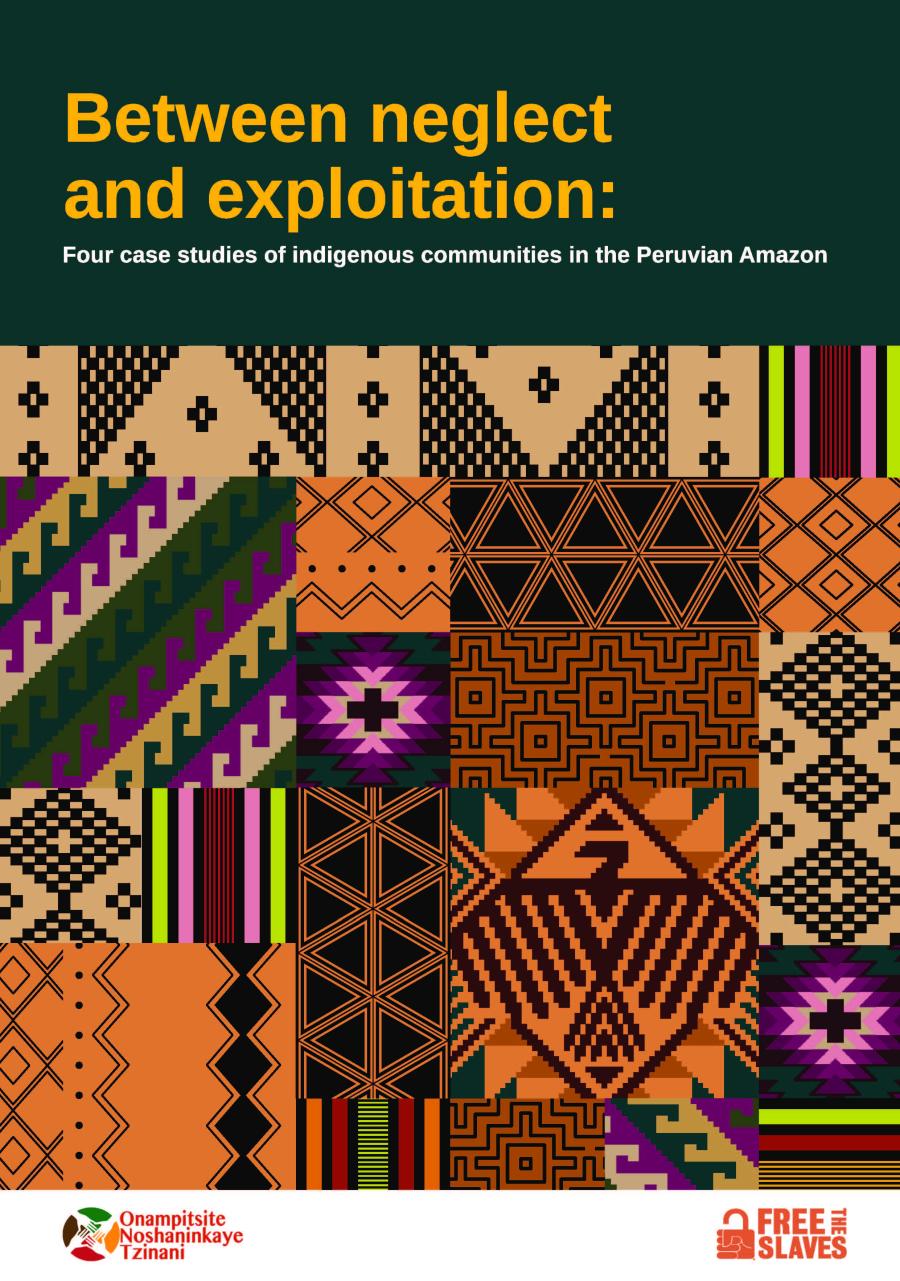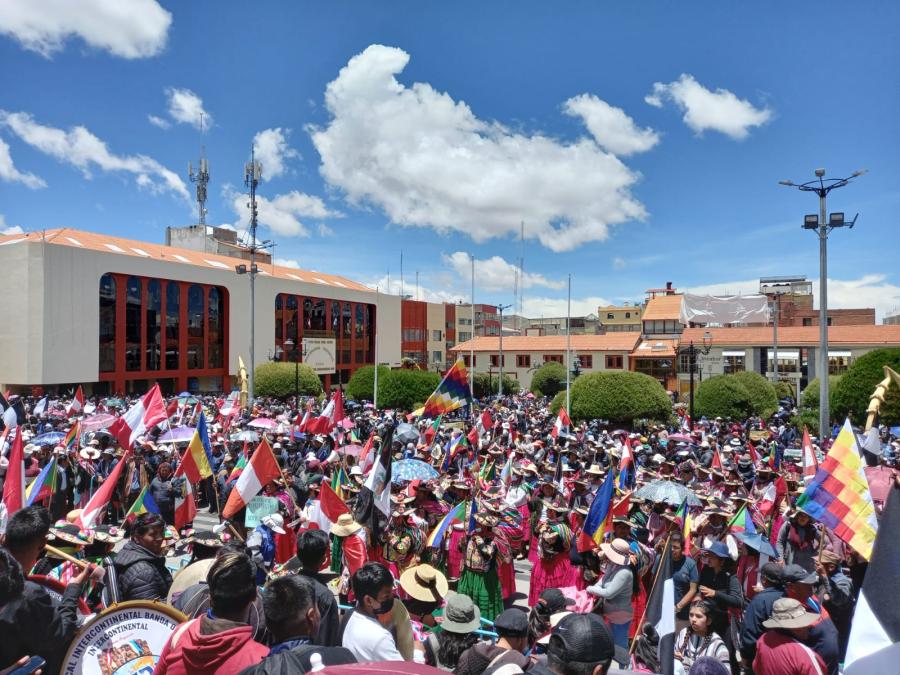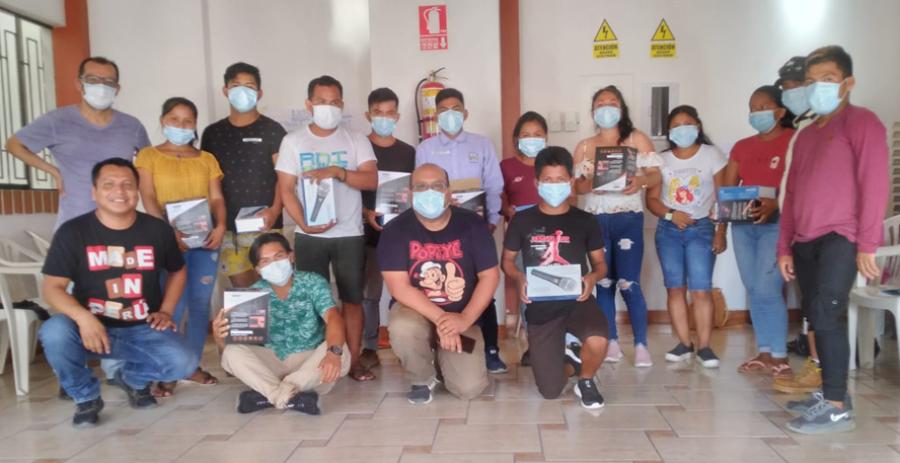
Felicia Huarsaya is one of many Indigenous artisans whose crafts were sold at the Cultural Survival Bazaars this year. She comes from a small community in the Peruvian province of Azangaro about 15,815 feet above sea level near Lake Titicaca. In her 4,450 acre community, residents make their living a variety of ways. Community members raise livestock such as llamas, alpacas, cows and sheep. In terms of agriculture, people in the area cultivate a number of Andean grains, such as barley, wheat, lima beans, and multiple types of quinoa. A variety of tubers also make up some of the region’s staple crops, such as potatoes, oca, olluco, and mashua.
As a complementary activity to agricultural activities and raising livestock, the community is known for creating handmade craft goods. In an interview with Cultural Survival, Felicia explained about these crafts, “We are selling our hand woven products, different artwork that we – the Indigenous women of Peru - know how to weave by hand.” The female farmers in the area sell these hand-woven products as part of a collective. She explained that they use only high quality alpaca fibers and sheep’s wool that are natural and very healthy for people. On the other hand, there are unnatural acrylics used in industrialized wool that are in fact harmful to people in the long term. Felicia stated that these artisans “pride themselves on using 100 percent wool.” They use high quality materials for the production of sweaters, scarves, hats, finger puppets, and other similar crafts. Felicia and a few other vendors from her community – like a number of Indigenous artisans from around the world – traveled thousands of miles from home to participate in the Cultural Survival Bazaars. They are looking not only to boost their sales, but also to make new contacts, look for new markets at which to sell their goods, and also to show off the work that is very important to their community. The consumer knowledge gained throughout these bazaars will help the Indigenous weavers create better designs in their products and also allow them to offer their products to more clients and consumers.
In addition to her work as an artisan, Felicia has also been involved with the United Nations Permanent Forum on Indigenous Issues for some time now. Each year in May, Felicia meets with other of Indigenous delegates and non-Indigenous representatives to debate issues such as rights, discrimination, territory, and the environment. Felicia noted that most of the current proposals have to do with climate change due to the deterioration of the ozone layer. She stressed the importance of this issue by noting, “Because for us, the environment is the only resource. The only bank is our land, air, and water.”
At the Forum, Felicia and other allies seek to improve the lives of people in their own communities, but also give a voice to a large number of Indigenous people whose opinions might not be heard in these discussions otherwise. It was at this conference where Felicia got connected with Cultural Survival. Members of her community held an exhibition of their hand-woven crafts, and Cultural Survival invited them to participate in the Bazaars and to sell their goods. Ever since, Felicia and her colleagues have been able to reach an entirely new demographic of consumers and inform more people about the social issues prevalent in their community.
To meet Felcia in person come to a Cultural Survival Bazaar this season.



